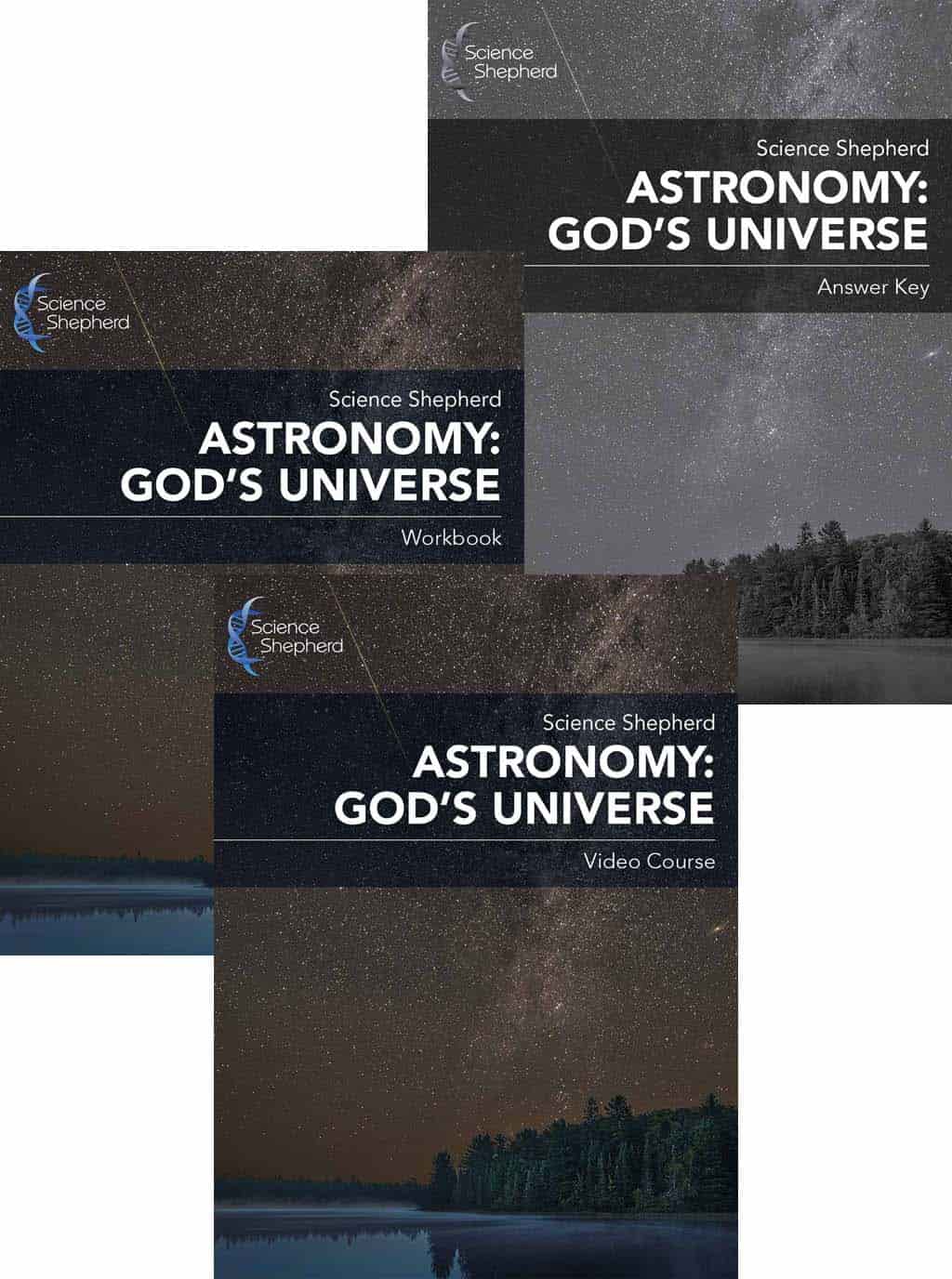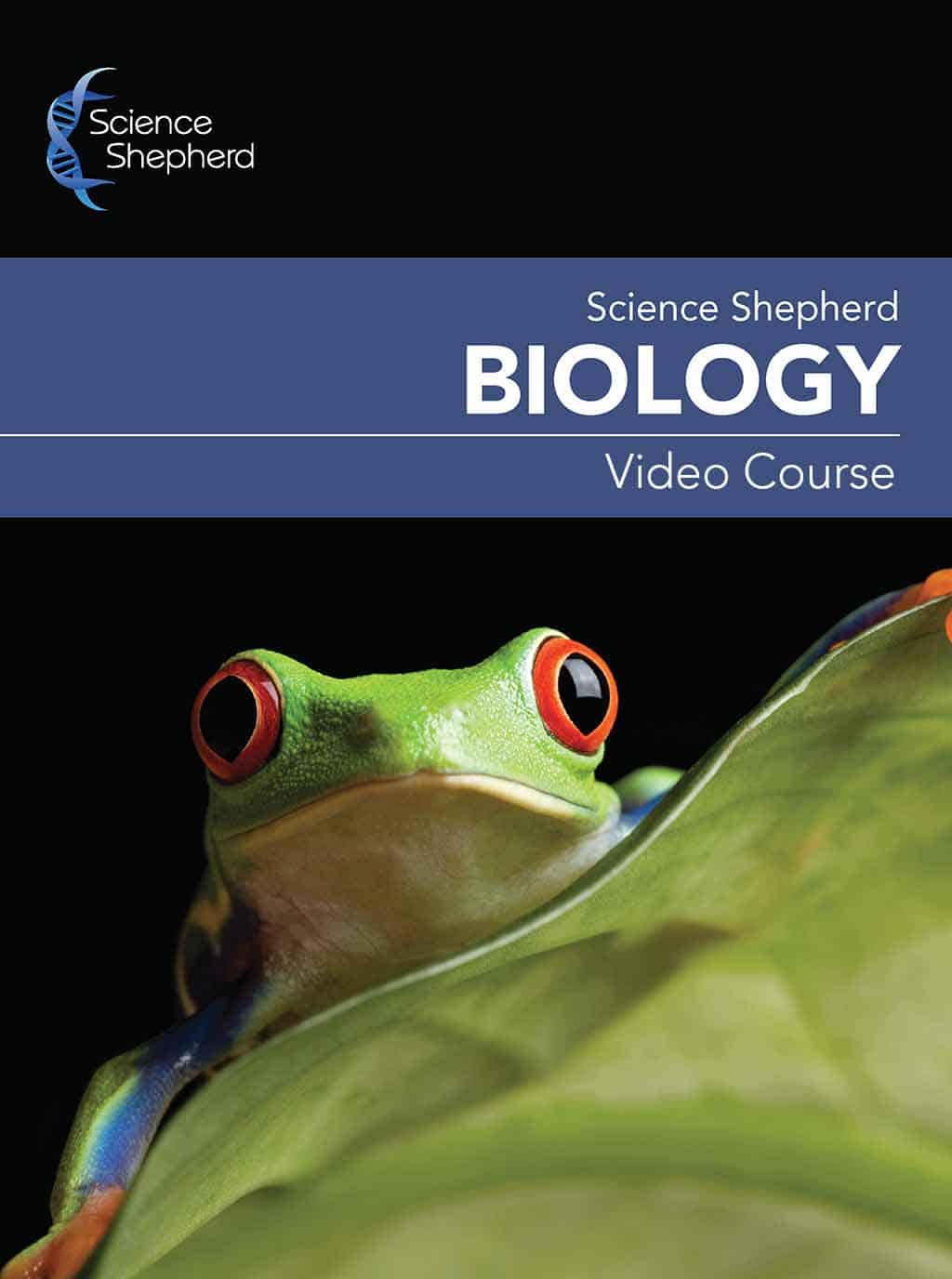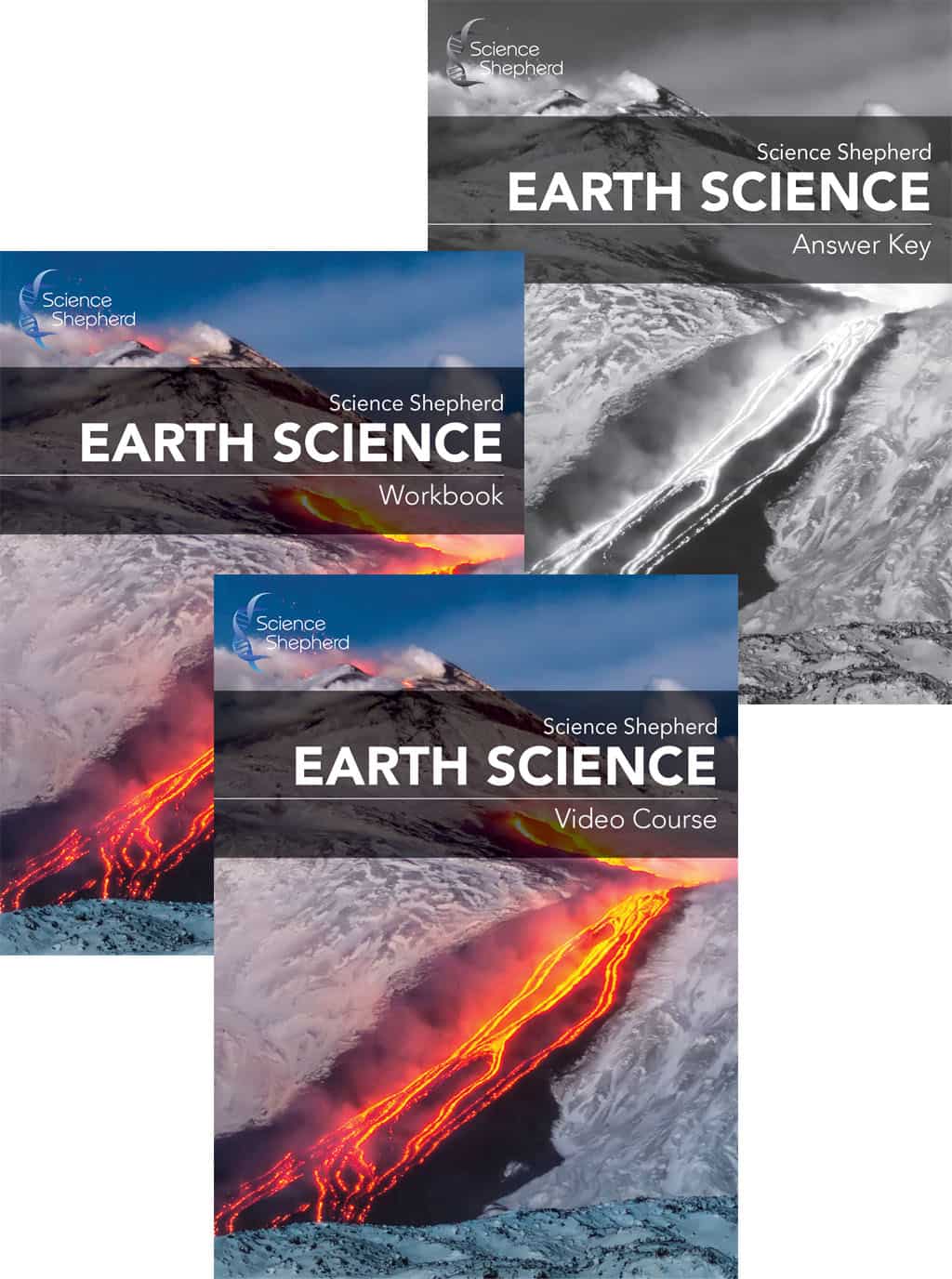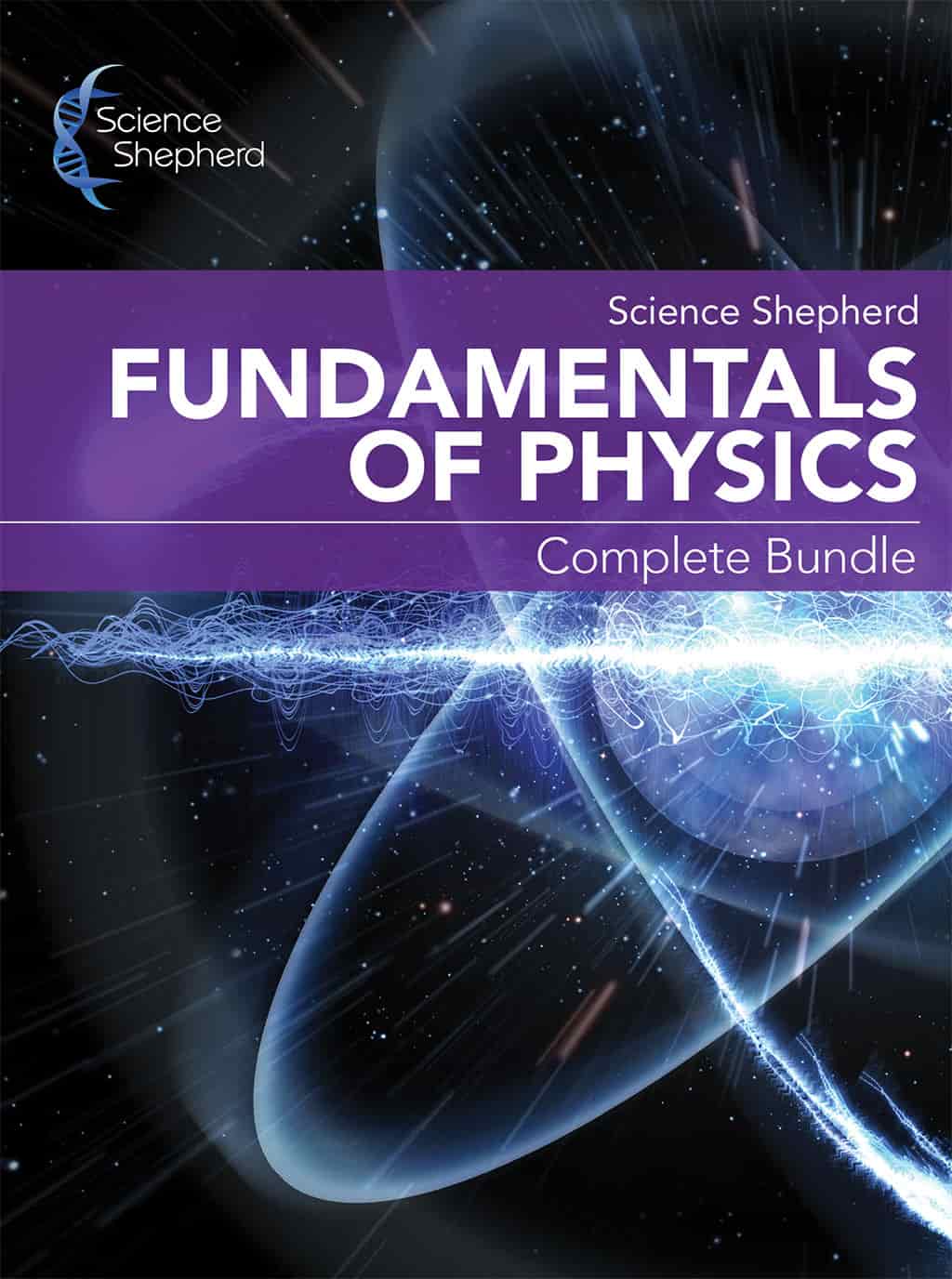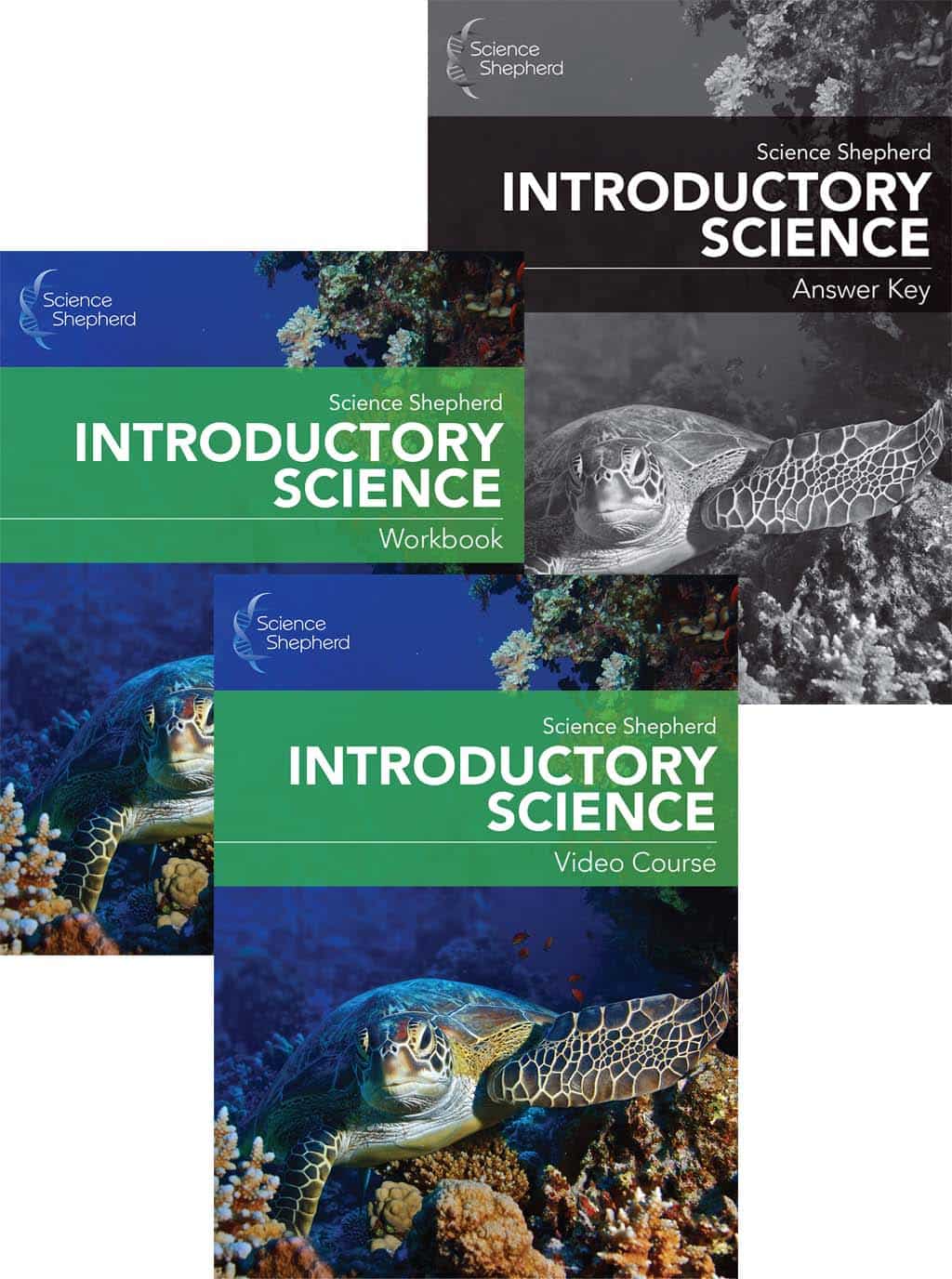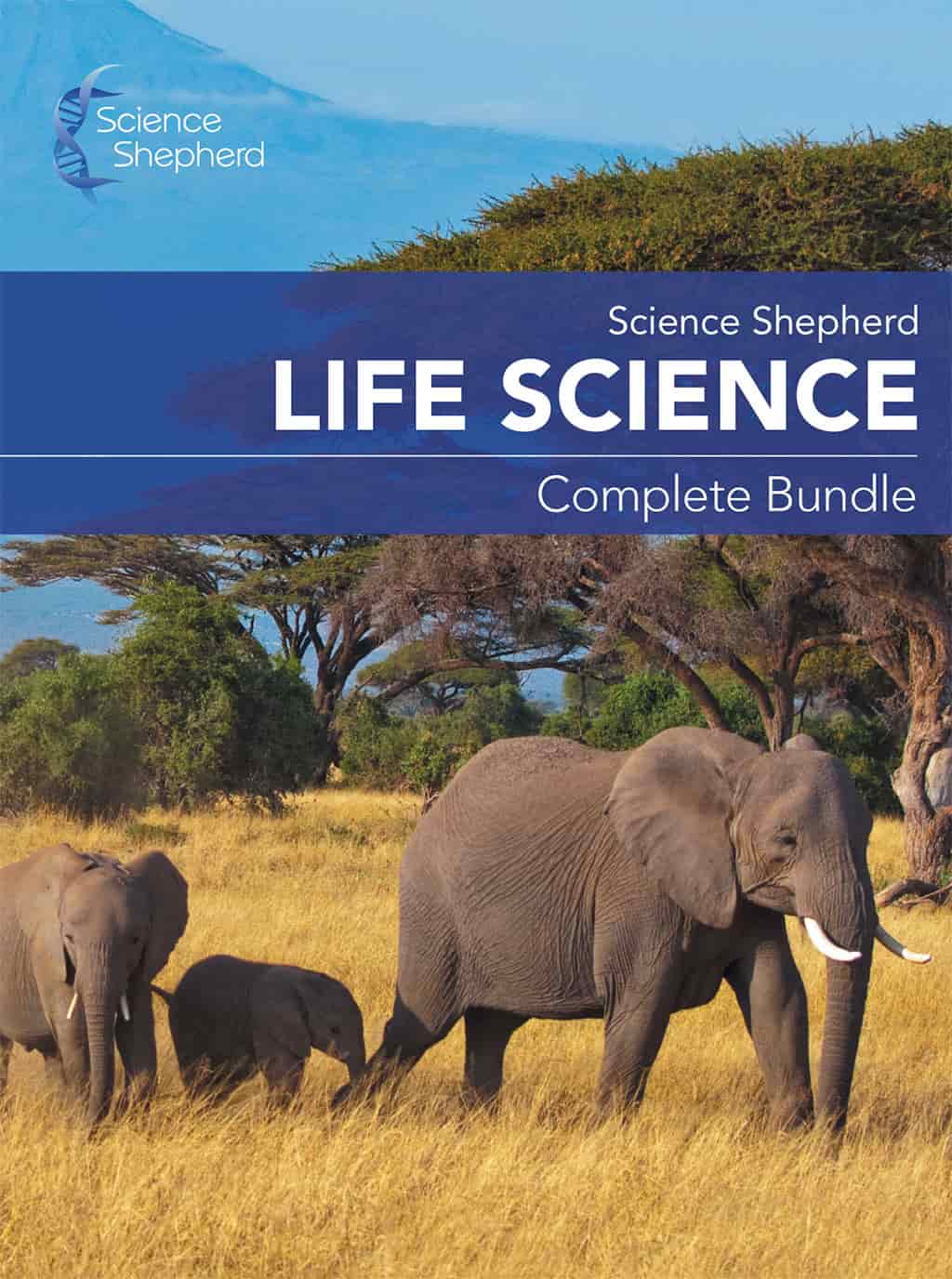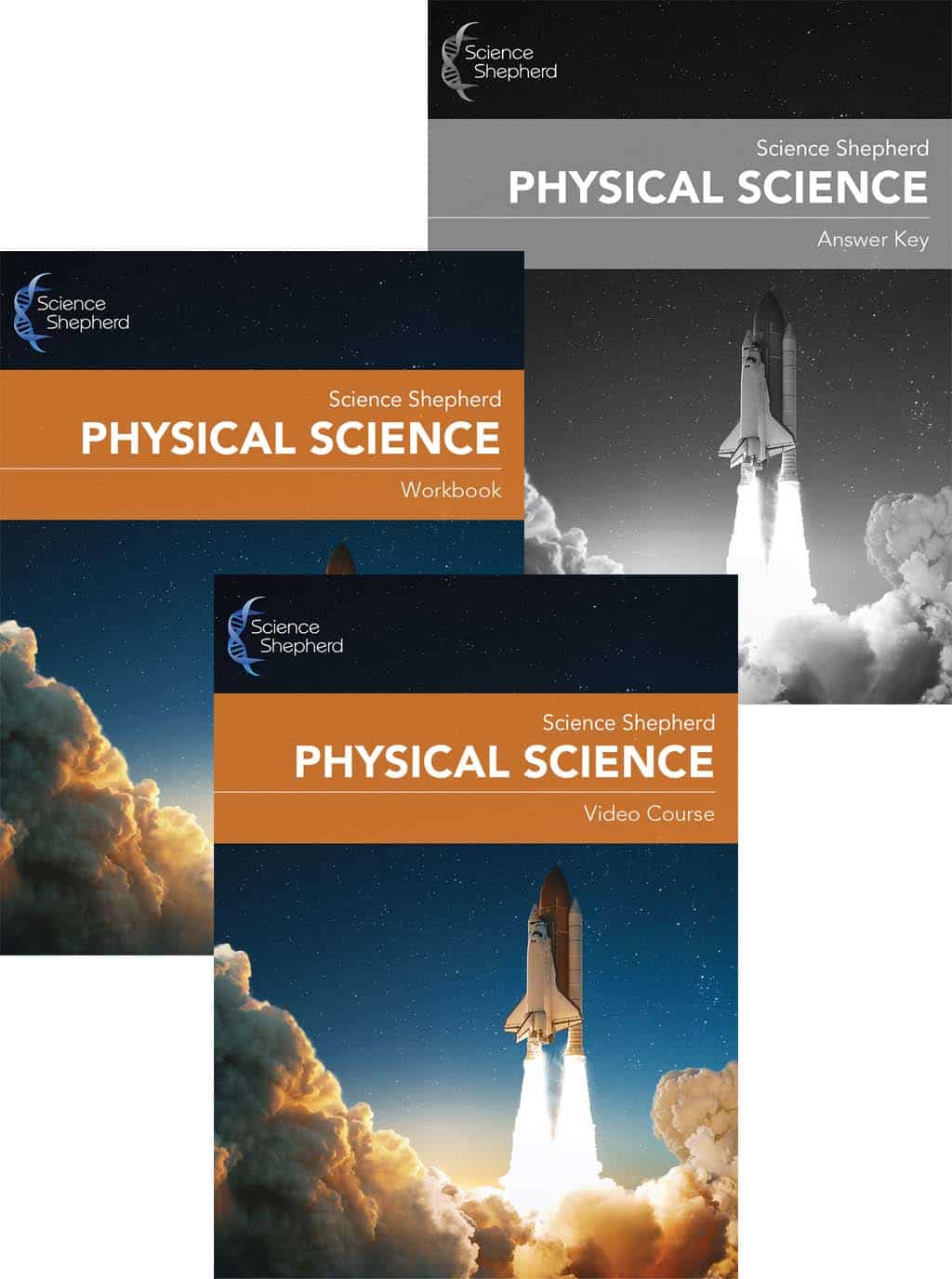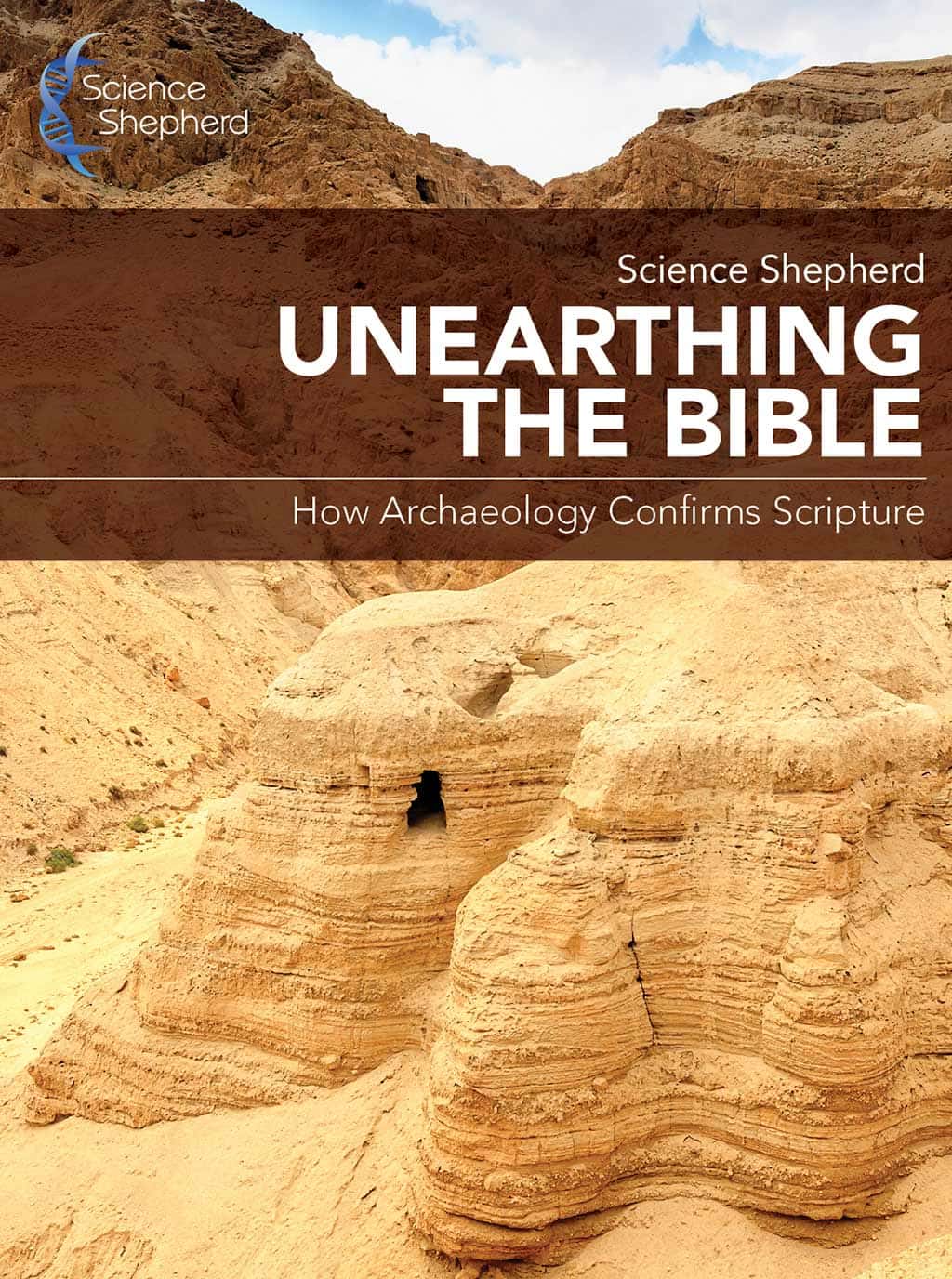3rd Grade Homeschool Science Curriculum
by Bill Hardin November 10, 2025 4 min read

3rd Grade Curriculum from Science Shepherd
Another year, more curriculum choices! If you're looking for 3rd grade homeschool science curriculum, whether you are new to Science Shepherd or a returning family, this post will provide a quick overview of our various courses that are a good fit for 3rd grade. Hopefully it will make choosing your science curriculum a bit easier!
What about 2nd grade? If you're not ready to start 3rd grade yet, you can review our 2nd grade homeschool science options here.
Introductory Science for 3rd Grade
If your 3rd grader is just getting started with formal science, that’s OK! There’s no rush at that age/grade. Our Introductory Science should be a great place to start, covering a lot of different aspects of science, including creation week, scientific skills, plants and animals, magnetism, and more. Introductory Science is a video-based course with corresponding workbook to help students focus on key concepts from each video, and also includes activities/experiments for fun hands-on learning, with many of them also presented on video.
Workbooks for Introductory Science are available as Level A or Level B options. Both Levels review the same lesson material, but Level B is written to be slightly more advanced. Level A is written for 1st-3rd grade, or ages 6-9, while Level B is best suited for 3rd-5th grade, or ages 8-11. To choose the best Level for 3rd grade, the primary consideration will be your student’s reading and comprehension (and don’t forget to check out the workbook samples available on all product pages!). Because the Level A and Level B Workbooks cover the same lesson videos, families with children in multiple grades can easily work together!
Ready to get started? Save 10% with the Level A or Level B Introductory Science bundle for 3rd grade!
If your student has already completed Introductory Science, or a similar course, other 3rd grade options to consider are Earth Science, Physical Science and Unearthing the Bible.
Earth Science for 3rd Grade
Earth Science is also a video-based course, covering Earth’s structure, glaciers, oceanography, weather, and more. Like Introductory Science, it utilizes Level A and Level B formatting. However, for Earth Science, while Level A and Level B share the same core lessons, Level B includes about 40 additional lesson videos and workbook material for more advanced study in select areas. But don’t worry, students in both Levels can still complete those core lessons together! A student in Level B will just have an extra video or two each week (on average). Both workbook Levels include activity/experiment pages. The Level A videos and workbook are most suited for 2nd to 4th grade (ages 7-10) and Level B material for 4th to 6th grade (ages 10-12). In 3rd grade, Level A of Earth Science is likely the best option.
Ready to get started? Save 10% with the Level A Earth Science bundle for 3rd grade!
Physical Science for 3rd Grade
Another 3rd grade curriculum option is Physical Science, which also is formatted around video lessons and a Level A or Level B student workbook. Physical Science features three distinct sections, covering core concepts in chemistry, physics and astronomy. Like Introductory Science, both Levels of the workbook use the same video lessons, with only the workbook content scaled for different ages/grades. Level A is written for grades 3-5, ages 8 to 11, and Level B for grades 4-6, ages 9 to 12. Physical Science does incorporate some math, with Level B in particular requiring some basic two-digit-number addition and subtraction, so you’ll want to consider that when choosing the right Level for your student. In general, Level A of Physical Science is best for 3rd grade.
Ready to get started? Save 10% with the Level A Physical Science bundle for 3rd grade!
Unearthing the Bible for 3rd Grade
Finally, Unearthing the Bible is appropriate for 3rd grade. It is a video-based course, with a PDF workbook included with the video enrollment. Throughout the course, students learn about various archaeological discoveries that reinforce the historical accuracy of the Bible. Unearthing the Bible does not use a Level A/B format, but the workbook does include “For Advanced Study” sections for older students. One thing to note is that, as presented, Unearthing the Bible is only a 15 week, or half semester, class.
Ready to get started? Enroll in Unearthing the Bible for 3rd grade today!
Is there a “right” order to everything?
A common question from parents is if there is a “right” order to progress through our available courses from one grade to another. Ultimately, there really isn’t a right or wrong way. While Introductory Science does serve as a logical course to start with, if a student has already completed some formal science or is just more interested in a specific/different topic, it would be fine to skip Introductory Science. Even if you decide to revisit Introductory Science after already completing a different course, for example Earth Science, the earth science section of Introductory Science can serve as review. Likewise, a student can take Physical Science before Earth Science.
Additional Options
If these 3rd grade homeschool science options don’t seem right for your student, our Recommended Course Progression blog post is another resource you can review to get an overview of what grade level(s) each Science Shepherd course is best suited for.
We hope this overview has been helpful to you in choosing a 3rd grade science curriculum from Science Shepherd. If you have any questions about the right material for your family, please contact us and we’d be happy to assist.
Until next time,
Science Shepherd
Sign-Up Today!
Subscribe for the latest news and receive 10% off and a FREE resource!
Recent Articles
10% Off Your Next Order
Subscribe to our newsletter and we'll send you a code for 10% off an order
plus a free download of 5 Scientific Ways Your Kids Can Defend Their Faith.


